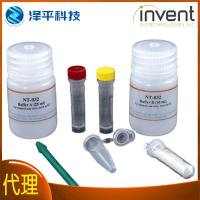Analysis of Fatty Acid Amide Hydrolase Activity in Plants
互联网
互联网
相关产品推荐

Recombinant-Mouse-Mas-related-G-protein-coupled-receptor-member-A1Mrgpra1Mas-related G-protein coupled receptor member A1 Alternative name(s): RF-amide G-protein coupled receptor
¥11480

Invent Minute植物膜蛋白提取试剂盒 Minute Plasma Membrane Protein Isolation Kit for Plants 货号:SM-005-P
¥1500
![DKFZ-PSMA-11,4,6,12,19-Tetraazadocosane-1,3,7-tricarboxylic acid, 22-[3-[[[2-[[[5-(2-carboxyethyl)-2-hydroxyphenyl]methyl](carboxymethyl)amin](https://img1.dxycdn.com/p/s14/2025/1009/171/0405943971658126791.jpg!wh200)
DKFZ-PSMA-11,4,6,12,19-Tetraazadocosane-1,3,7-tricarboxylic acid, 22-[3-[[[2-[[[5-(2-carboxyethyl)-2-hydroxyphenyl]methyl](carboxymethyl)amin
¥1530

β-葡萄糖苷酶试剂盒,用于样本中β-GC活性检测,微量法,β-GC Activity Assay Kit
¥678

土壤荧光素二乙酸酯水解酶活性检测试剂盒,用于对样本中S-FDA活性检测,S-FDA Hydrolase Activity Assay Kit
¥526
相关问答

